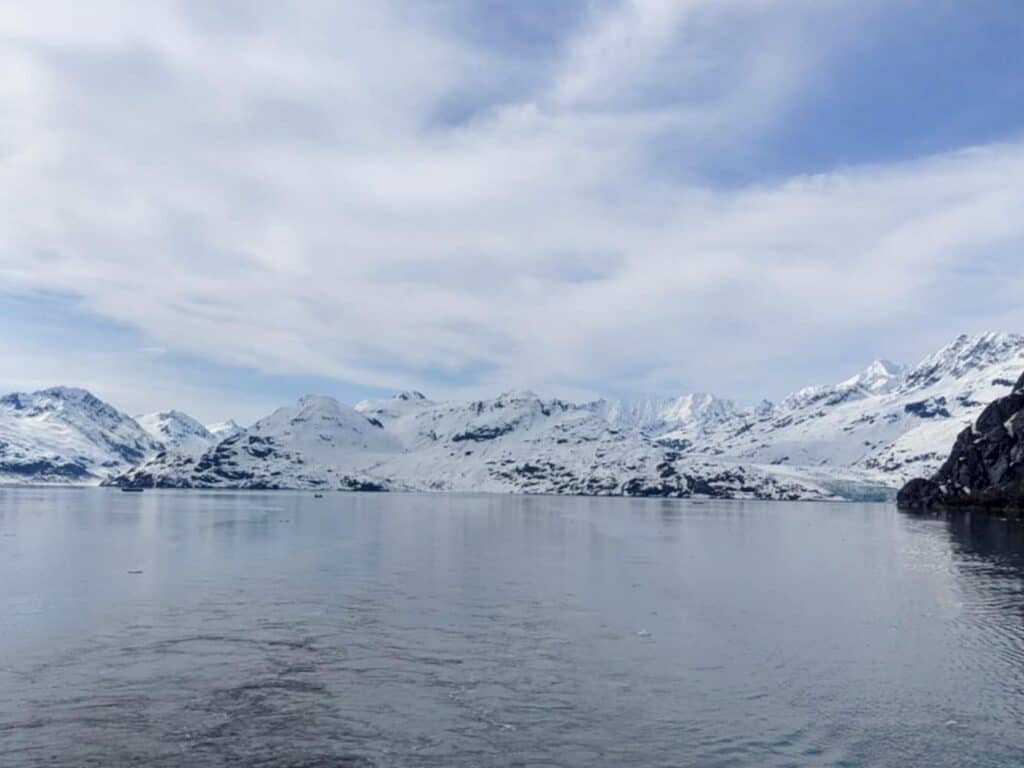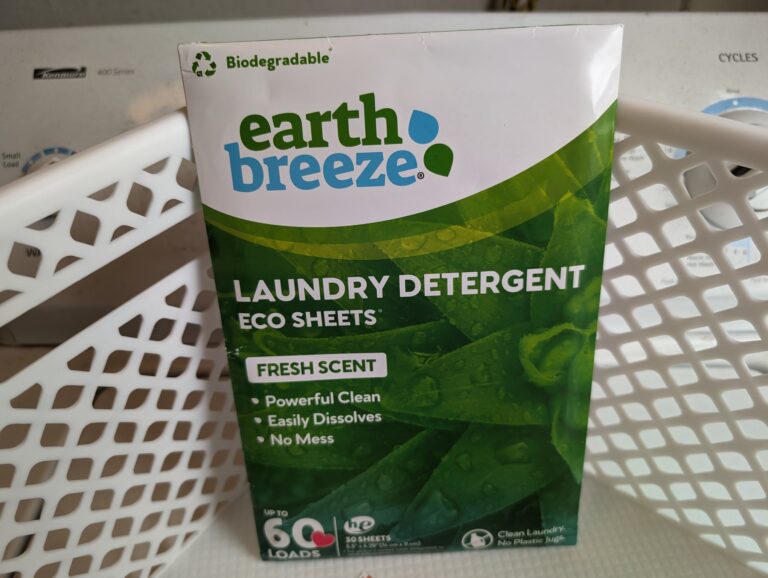What Is The Jones Act Cruise Ships Rule or Passenger Vessel Services Act?
The Jones Act cruise ships rule – officially called the Passenger Vessel Services Act – what does it mean for cruises?
I worked onboard cruise ships for years and spent a contract going back and forth from San Diego to Hawaii. Each cruise we’d sail the 4 sea days across the Pacific, and then before getting back to San Diego stop in Ensenada, Mexico. This was because of the Jones Act cruise ship rule, or more specifically the PVSA.
If you’ve ever wanted to cruise to Hawaii you might wonder why so many cruises start in North America versus starting in Hawaii.
Why is that? Or, maybe you’ve noticed that all cruises to Alaska either start or end in Canada, or has a stop in Canada along the way.
It’s not that cruise companies love all those sea days to Hawaii, and it’s not about a love of Canada either. It’s because of something commonly referred to as Jones Act – which, if you get technical about it, is actually called the Passenger Vessel Services Act. More on that in a minute. What is the Jones Act?


What is the Jones Act cruise ships rule?
The Jones Act is actually Section 27 of the Merchant Marine Act of 1920 and “requires that all goods transported by water between U.S. ports be carried on U.S.-flag ships, constructed in the United States, owned by U.S. citizens, and crewed by U.S. citizens and U.S. permanent residents.”
It’s intention was to promote the US maritime industry as it prevents non-US ships from running commercial shipping lines up and down the coasts of the United States.
How is the Jones Act different than the Passenger Vessel Services Act?
To clarify though, it’s actually the Passenger Vessel Services Act that affects the cruise industry explicitly. It’s the passenger part that is key.
The Jones Act and the Passenger Vessel Services Act are incredibly similar; however, the Passenger Vessel Services Act applies specifically to passenger vessels versus other types of ships.
There are aspects of the Merchant Marine Act of 1920 that do affect cruise ships – seafarers rights. It also refers to concepts that the Passenger Vessel Services Act conveys is so commonly considered “The Jones Act” that it is even included as such on a number of cruise company websites including Celebrity, Royal Caribbean, and Crystal Cruises.
In fact, it is so commonly referred to as The Jones Act that representatives from Alaska when speaking about trying to adjust laws to help the Alaskan tourism industry when it was recovering from the pandemic referred to this policy as the Jones Act.
I have heard cruise ship Captain’s, Engineers, and folks from the corporate office refer to it as the Jones Act. However, the policy they are actually referring to is the Passenger Vessel Services Act, or the PVSA.
🏔️ Check pricing and availability for cruises to Alaska by clicking here
What is the Jones Act Definition?
The Jones Act cruise ship rule definition – in simplified terms is that a ship that is not flagged in the United States cannot transport goods or people directly between ports in the United States.
It is from Section 27 of the Merchant Marine Act of 1920. For cruising this means that if where you start and end the cruise is a US port the vessel will need to stop at a non-US port before completing its voyage.
It also means you can’t join a cruise ship in a US port and disembark in a US port before the ship calls in a non-US port. For instance, it means that you cannot join a ship in San Diego and disembark in Hawaii. That would be a violation of the PVSA. (And, cargo-wise, the Jones Act).
Additionally, the Jones Act cruise rule requires the ship to start and end in the same US port unless it stops in a distant country. Unfortunately distant does not include Mexico or Canada, and this is why you don’t see cruises going between for instance Florida and New York with a quick stop in Nova Scotia – but instead could go from Florida to Quebec.

Why is the Jones Act cruise rule called the Jones Act?
The Jones Act was introduced by Washington Senator Wesley Jones. It was enacted by the US Congress after World War I to try to stimulate the shipping industry, specifically the US shipping industry.
This is why there are specific rules regarding the ships being able to call on US ports without having to call at a non-US port.
So Why Don’t Cruise Lines Flag Their Ships in the US?
The Jones Act, or the Passenger Vessels Services Act definitely creates some challenges for modern cruising. It might be nice to say, “we’ll build our ships in the US!” However, in a global work environment it is very limiting to say that it can only have US crew or Green Card holders onboard.
So many people say that ships aren’t flagged in the US so they can avoid taxes. That is a huge over simplification of the sheer work force needed to run cruise ships and the limitations that a US flagged ship has on who can work onboard all the way to where it can be repaired.
US Flagged Ships Would Have an Advantage In Cruising
For cruising it would give ships that are US flagged the advantage of being able to sail between US ports without a foreign call. This means cruise ships could sail in Alaska without needing to call in Canada.
This could create more adventurous itineraries, perhaps using Anchorage as a home port and exploring the Aleustian islands more. In Hawaii it would be hugely valuable – and one cruise company has gone down this road. The only mainstream or large scaled cruise to have a US flagged ship is Norwegian Cruise Lines Pride of America.
🏝️ Check pricing and availability for cruises to Hawaii on Pride of America by clicking here
How if affects cruises to Hawaii
You may have noticed if you look up cruises going to Hawaii that nearly all of them have to cross from North America instead of simply sailing around the islands.
Most are either roundtrip out of a Californian city (San Diego, San Francisco, Los Angeles) with a stop in Ensenada, Mexico, or roundtrip from Seattle with a stop in Victoria, B.C., or roundtrip from Vancouver, Canada.
This is all because of the PVSA and why Norwegian Cruise Line decided to build the Pride of America. By having a US flagged ship they can cruise around the Hawaiian islands without having to spend the 4 days going across the ocean to inevitably either stop in Mexico or Canada.
How it affects cruises to Alaska
The same challenges exist with Alaskan cruises. For example, an Alaska cruise that operates roundtrip from Seattle will always have a stop in Victoria, B.C. Technically that stop could be in Vancouver, but just as I have never seen Victoria used as a homeport, I’ve never seen Vancouver used as the Canadian port to appease the PVSA (Jones Act) on a Seattle based cruise. It just doesn’t happen.
This is why you will not find cruises that start in Seattle and end in Anchorage, Whittier, or Seward for instance – the ship would be technically be transporting people between US ports without a foreign port of call and thus would not satisfy the requirements of the PSVA (Jones Act). However, either start or end the cruise in Vancouver and you’re covered.

And Cruises In New England and Coastal Cruising
Another area that the Passenger Vessel Services act impacts is the Canada/New England cruise. The Jones Act or Passenger Vessel Services Act also prevents ships doing coastal cruising – from say Boston to Fort Lauderdale and back.
🏝️ Check pricing and availability for cruises to Canada/New England by clicking here
Is the Passenger Vessel Services Act and Jones Act Helping or Hurting?
I don’t know enough about the financial side of the maritime industry as a whole to say whether or not this Act is overall helping the US or hurting it. At this point I would have to say hurting it. But, it is something we’ve got to work with. The plus side is we get to spend a bit more time with our friends to the north, and really, who doesn’t love Victoria and Vancouver?
Conclusion: Jones Act cruise ships rule
Now you know understand why cruise ships need to make those stops in Canada and Mexico and how this hundred plus year old rule affects cruising today! Also, that the Jones Act cruise ships rule is actually the Passenger Vessel Services Act.





Thank, Iris! As I frequent cruiser, I’ve always wondered why ship itineraries are the way they are.